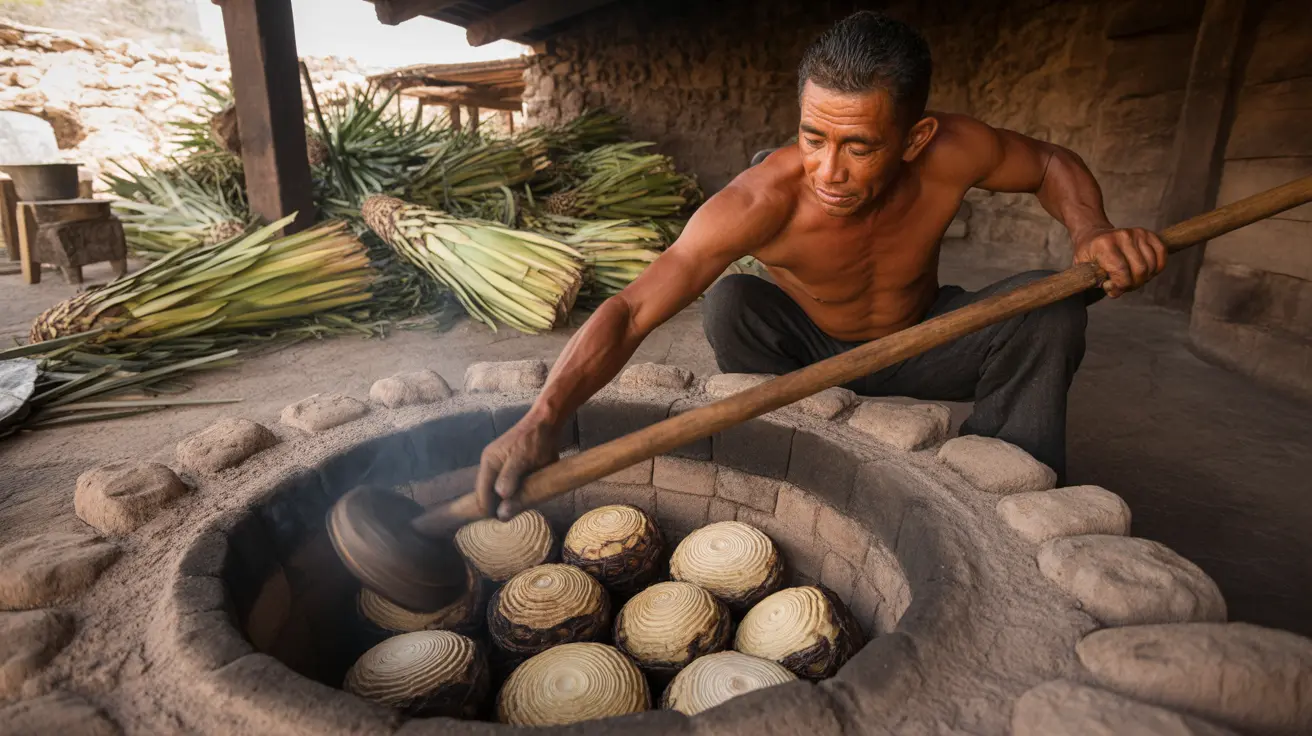Mezcal is a traditional Mexican spirit that has gained international recognition for its complex flavors and artisanal production methods. This distinctive alcoholic beverage is crafted from various species of agave plants, offering a unique taste profile that often features smoky notes and rich botanical complexity.
While often compared to its cousin tequila, mezcal stands apart with its diverse production methods, wider variety of agave sources, and traditional crafting techniques that have been preserved for generations. Let's explore what makes this spirit so special and understand its cultural significance, production process, and characteristics.
The Origins and Cultural Significance of Mezcal
Mezcal's history dates back several centuries in Mexico, where indigenous peoples first discovered the technique of cooking agave hearts to create this distinctive spirit. The name "mezcal" comes from the Nahuatl words "metl" and "ixcalli," meaning "oven-cooked agave."
Today, mezcal production is primarily concentrated in specific regions of Mexico, with Oaxaca being the most renowned. The spirit's protected designation of origin ensures that authentic mezcal can only be produced in certain Mexican states using traditional methods.
Traditional Production Process
The creation of mezcal follows a time-honored process that gives the spirit its characteristic flavor profile:
- Harvesting mature agave plants (typically 8-12 years old)
- Cooking the agave hearts in underground pit ovens
- Crushing the cooked agave using traditional methods
- Fermenting the crushed agave naturally
- Distilling the fermented liquid, usually twice
The underground cooking process is particularly crucial, as it imparts the distinctive smoky flavor that mezcal is famous for. The piñas (agave hearts) are roasted over hot stones in earthen pits covered with agave leaves and soil, a process that can take several days.
Types of Agave and Flavor Profiles
Unlike tequila, which can only be made from Blue Weber agave, mezcal can be produced from numerous agave species, including:
- Espadín (most common)
- Tobalá
- Tepeztate
- Arroqueño
- Cuish
Each agave variety contributes its own unique characteristics to the final product, resulting in a wide range of flavor profiles. These can include notes of:
- Smoke
- Earth
- Minerals
- Tropical fruits
- Citrus
- Herbs and spices
Mezcal Categories and Aging
Mezcal is classified into several categories based on aging:
- Joven (unaged)
- Reposado (aged 2-12 months)
- Añejo (aged 1-3 years)
- Extra Añejo (aged over 3 years)
Each aging category offers different flavor complexities, with younger expressions typically showcasing more of the agave's natural characteristics, while aged varieties develop additional notes from wood contact.
Health Considerations
While mezcal should be consumed in moderation like any alcoholic beverage, it does have some unique characteristics:
- Lower sugar content compared to many other spirits
- Natural fermentation process
- No artificial additives in traditional production
- Contains trace minerals from agave plants
However, it's important to note that excessive consumption can lead to health risks associated with alcohol consumption.
Frequently Asked Questions
- What is mezcal and how is it different from tequila?
Mezcal is a Mexican spirit made from various species of agave, while tequila can only be made from Blue Weber agave. The main distinction lies in the production process: mezcal's agave hearts are roasted in underground pits, giving it a characteristic smoky flavor, while tequila's agave is typically steam-cooked in above-ground ovens.
- What agave plants are used to make mezcal, and how does this affect its flavor?
Mezcal can be made from over 30 different species of agave, with Espadín being the most common. Each variety imparts unique flavors - from the earthy notes of Tobalá to the complex mineral characteristics of Tepeztate, creating diverse taste profiles.
- Is mezcal good for health or are there any risks associated with drinking it?
While mezcal is natural and contains some beneficial compounds from agave, it should be consumed responsibly. Like all alcoholic beverages, excessive consumption can lead to health problems including liver damage, addiction, and increased accident risk.
- What are the main types and aging categories of mezcal, and do they taste different?
Mezcal comes in several aging categories: Joven (unaged), Reposado (2-12 months), Añejo (1-3 years), and Extra Añejo (over 3 years). Each category offers different flavor profiles, with aged varieties developing additional complexity from wood contact.
- How is mezcal traditionally made and why does it have a smoky flavor?
Mezcal's distinctive smoky flavor comes from cooking agave hearts in underground pit ovens lined with hot stones, wood, and earth. This traditional process, which can take several days, allows the smoke to infuse into the agave during cooking, creating mezcal's characteristic taste.




